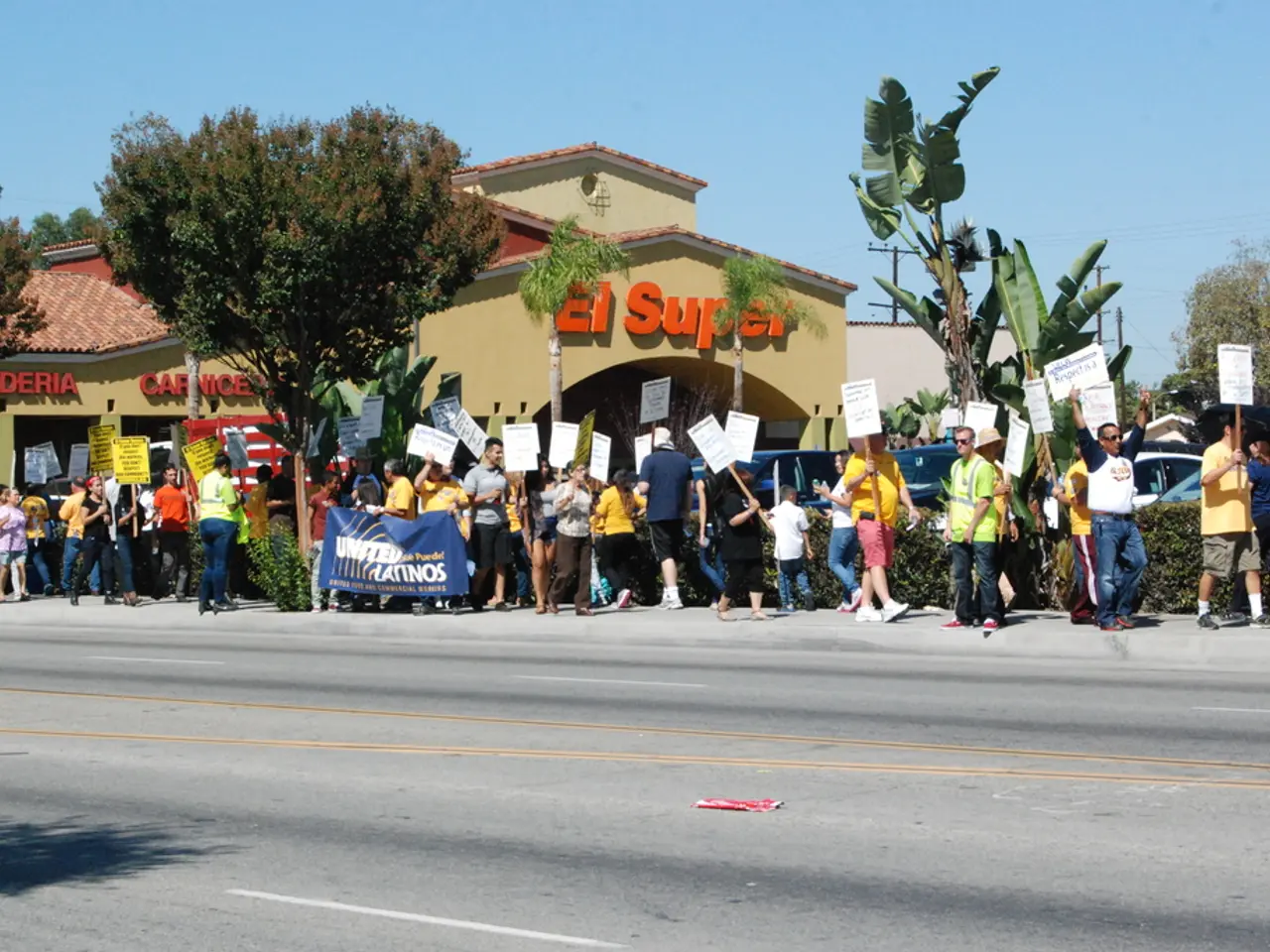Presidential hopefuls' offerings: A lackluster array of candidates
The race for the Irish presidency is heating up, with several potential candidates vying for the top position. However, the presidential election, which is scheduled for November 2025, is still in a slow phase, with little urgency before September.
The presidential race has a ruthlessly winnowing effect, and some potential candidates are virtually unknown outside small circles. Others carry political baggage that would make them unelectable, or are unfit to hold the office.
Two confirmed candidates in the race are Catherine Connolly and Maireád McGuinness. Connolly, a left-leaning politician with the support of parties like the Social Democrats, People Before Profit, Labour, and some independents, appears well-positioned among progressive voters. McGuinness, on the other hand, has withdrawn from the race on medical advice, leaving Connolly as the only active candidate certain to secure a nomination.
Beyond Connolly and McGuinness, potential candidates include Gareth Sheridan, a businessman seeking nominations to run and aiming to represent young people in Ireland. Sheridan has local authority backing from Tipperary and Laois councils, but appears less prominent nationally and might struggle against better-known candidates unless he secures broader endorsements.
Mary Hanafin, a former Fianna Fáil minister, is also pursuing the Fianna Fáil nomination. This would mark Fianna Fáil's return to contesting a presidential election since 1997. Hanafin is regarded as a serious candidate with national and international experience.
The Aontú party has stated they will not run themselves but aim to form a nominating bloc with other small parties and independents for an alternative candidate. However, no specific name has emerged yet.
The presidential race attracts many aspirants, each with a political record that opponents could potentially exploit. If the Oireachtas route is blocked, the alternative is to secure backing from four local authorities. Time is short for securing backing from local authorities, and those who have not started the process may already be too late, according to Sean Gallagher, a previous contender who has warned that the local authority route demands a long lead-in.
By September, the parties will have to choose whether to fill the political vacuum or leave the electorate with a binary choice. If the election proceeds as a head-to-head between Connolly and the eventual Fianna Fáil candidate, it could lead to the first two-way contest since 1973. The race is far from over, and more names could emerge if they secure the required nominations before the election deadline in November 2025.
- The multifaceted nature of the Irish presidential race has brought war-and-conflicts into public discourse, as potential candidates vying for the top position must address their political records, which opponents could potentially exploit.
- The general-news media often covers policy-and-legislation discussions related to the presidential election, such as the importance of securing backing from four local authorities and the potential impact of political parties filling the political vacuum or leaving the electorate with a binary choice.
- Aontú, a political party, has announced its intentions to form a nominating bloc with other small parties and independents for an alternative candidate in the presidential race, with crime-and-justice and accidents possibly becoming topics of conversation, as the Oireachtas route being blocked could lead to an increased emphasis on securing the necessary nominations before the election deadline in November 2025.






